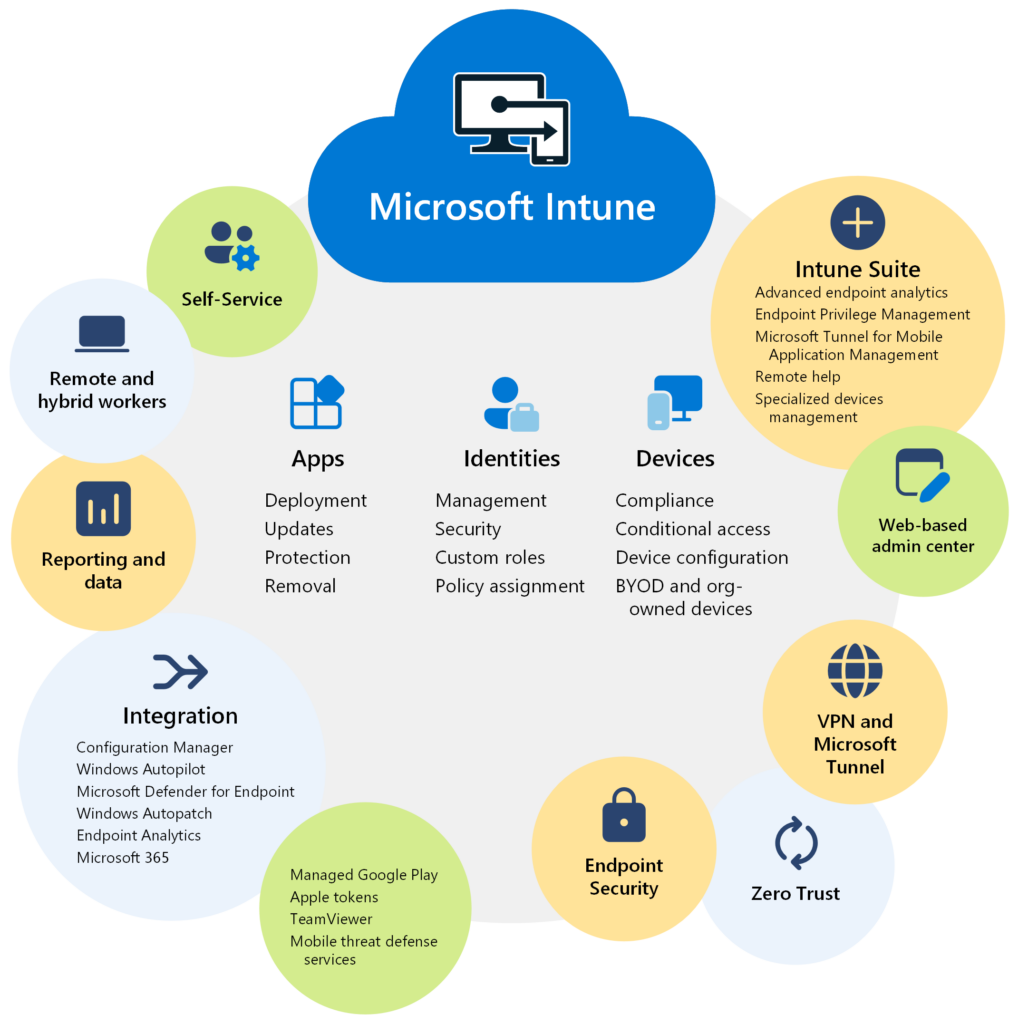June 29, 2022
In just the last couple of years, due largely to a pandemic-driven shift in the way people work and learn, cloud spending has exploded. According to Gartner, “Worldwide end-user spending on public cloud services is forecast to grow 20.4% in 2022 to total $494.7 billion, up from $410.9 billion in 2021. In 2023, end-user spending is expected to reach nearly $600 billion. And it will likely keep climbing to a projected $800 billion by 2028.”
It’s no surprise, then, that global cloud spending in K-12 and higher education is on a parallel rocket ride. Valued at more than $100 billion in 2021, the worldwide market is expected to expand at a compound annual growth rate of 16.5 percent between now and 2030. The United States alone accounts for about a quarter of the overall market, which hovered around $25 billion in 2021 and shows no signs of shrinking in the coming years. In fact, if not for restraining factors like cybersecurity and data protection risks, growth may well be even more propulsive.
“As we emerge from the pandemic, the predictions for higher education are all pointing towards the hybrid college and university experience as a way forward for colleges and universities,” Allen Drennan, CEO and founder of the virtual learning platform Lumicademy wrote. “Online and remote instruction create flexible education options that serve the needs of a variety of students. As a result, online learning will be a permanent part of the higher education landscape.”

Driven by cloud innovations from a number of key players, including Microsoft, AWS, Cisco, Adobe Systems, Salesforce and Blackboard, among others, the growth is strongly related to the disparate requirements of today’s increasingly remote-centric and asynchronous world. Even before the pandemic, the education sector was on its way to being transformed by cloud technology, which enhanced virtual classrooms, helped make education accessible to anyone with a decent internet connection, delivered significant cost savings to providers as well as students (no textbooks necessary), provided secure data storage, was eminently scalable, quickly upgradable and required little in the way of expensive or difficult-to-maintain hardware.
As part of its EdTech promotional efforts, Cisco interviewed IT specialists who install and maintain software in classrooms around the country and world. One of them, Chris Langford, is the Director of Network, Infrastructure, and Cybersecurity at the Lewisville Independent School District in Texas. One among many advantages of the cloud, Langford said, was security-related. Teachers “were able to make and receive phone calls as if they were sitting at their desk in school because Webex integrated with our Call Manager system. It prevented them from having to give out their personal information and allowed us to keep the same Time of Day calling rules that we had on campus, so they weren’t getting interrupted by calls while they were trying to teach. Webex was just an extension of their desk phone.”
Salesforce touts a commissioned study done by Forrester that purportedly shows how higher education institutions benefit in a variety of ways from the company’s Salesforce.org Education Cloud: 195 percent ROI over three years with payback within 7 months; $2.4 million in total legacy cost savings; 12.1 percent increase in revenue. Over at Microsoft, the company’s cloud-based Azure Lab Services “Enables you to easily run a class, set up a training lab, or host a hackathon in the cloud that your students and users can access from anywhere, any time.”

In a 2020 interview with EdTech magazine, AWS-certified cloud solutions architect Chad Smith encouraged education leaders “to look at what systems had deficiencies while transitioning to remote learning and work. Think about what actions should take place to minimize that risk to learning. Also, while leadership, commitment and training are important, you don’t need to ‘boil the ocean.’ Instead, build short, medium-term strategies and let smaller migrations inform your long-term planning.”
Addressing those same leaders, Smith issued a reminder that countless cloud adopters who have come before them in a slew of sectors, including education, “should leverage that experience. Find the right strategy for your current environment. We have the tools to help you decide what the right strategy for your environment is because every IoT device environment is a little different. It’s also super important to build cloud skills and capabilities. Training is really key. I would encourage leaders to keep in mind that migrating to the cloud is more about people and culture rather than technology. And finally, build a foundation for success. It’s super important to have superintendent, school board or cabinet-level buy-in for what that foundation is going to be and how you will go about the migration.”
Cloud technology also offers IT administrators solutions to cost and talent challenges plaguing schools over the last two years. According to a 2021 EdTech article, “While 57 percent of IT staff believe their school should prioritize updated software and hardware, 55 percent say existing budgets aren’t enough to cover these costs. In addition, many school IT teams are understaffed and under-resourced — especially when it comes to the deployment and integration of online learning tools.” Cloud solutions do eliminate the need for hardware purchases, upgrades and maintenance which helps with cost management, but leaders do need to recognize that skillsets are still needed to ensure cloud cost and operational optimization. And during a time when IT talent is difficult to find and retain, many schools are turning to managed IT services providers to help fill skills gaps.
Experts have long preached that cloud computing is the future of education. In the last two years especially, we’ve come to see how prescient their predictions were—and remain. Moving forward, many agree, there are blue skies for miles.
About Mindsight
Mindsight, a Chicago IT services provider, is an extension of your team. Our culture is built on transparency and trust, and our team is made up of extraordinary people – the kinds of people you would hire. We have one of the largest expert-level engineering teams delivering the full spectrum of IT services and solutions, from cloud to infrastructure, collaboration to contact center. Our highly-certified engineers and process-oriented excellence have certainly been key to our success. But what really sets us apart is our straightforward and honest approach to every conversation, whether it is for an emerging business or global enterprise. Our customers rely on our thought leadership, responsiveness, and dedication to solving their toughest technology challenges.




